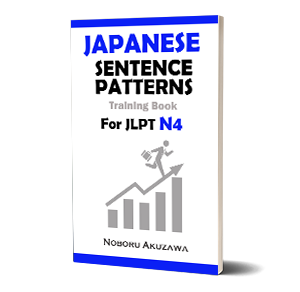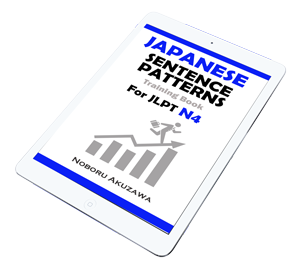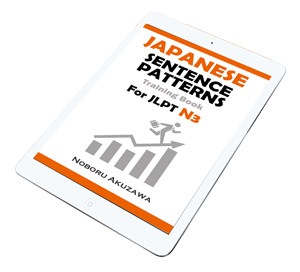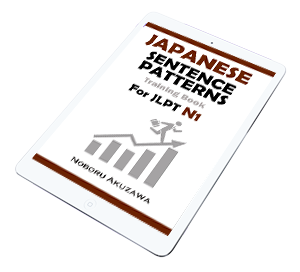Meaning: “may,” “can,” “it’s okay to” (expressing permission or allowing something)
Grammar Point:
「てもいい」 is used to give or ask for permission. It follows the te-form of verbs and adjectives to indicate that something is allowed or acceptable.
Formation:
Verb-てform + もいい
いadjective (remove い) + てもいい
なadjective + でもいい
Noun + でもいい
日本語 / にほんご / Japanese
(1) 今日、あなたは早く寝てもいい / 寝てもいいです。
(2) 子供はもう友達と遊んでもいい / 遊んでもいいです。
(3) あなたはもう家に帰ってもいい / 帰ってもいいです。
(4) 学生は図書館で勉強してもいい / 勉強してもいいです。
(5) みんなは部屋でゲームをしてもいい / ゲームをしてもいいです。
(6) あなたの家族は今度ここに泊まってもいい / 泊まってもいいです。
ことばと表現 / Words & Expressions
早く【はやく hayaku】early
寝る【ねる neru】to sleep, to go to bed
子供【こども kodomo】child, children
みんな【みんな minna】everyone
今度【こんど kondo】next time, this time
泊まる【とまる tomaru】to stay (overnight)
英語 / えいご / English
(1) Today, you may go to bed early.
(2) The children may play with their friends now.
(3) You may go home now.
(4) Students may study in the library.
(5) Everyone may play games in the room.
(6) Your family may stay here next time.
ひらがな / Hiragana
(1) きょう、あなたは はやく ねても いい / ねても いいです。
(2) こどもは もう ともだちと あそんでも いい / あそんでも いいです。
(3) あなたは もう いえに かえっても いい / かえっても いいです。
(4) がくせいは としょかんで べんきょうしても いい / べんきょうしても いいです。
(5) みんなは へやで げーむを しても いい / げーむを しても いいです。
(6) あなたの かぞくは こんど ここに とまっても いい / とまっても いいです。
ローマ字 / Roman characters
(1) Kyou, anata wa hayaku nete mo ii / nete mo ii desu.
(2) Kodomo wa mou tomodachi to asonde mo ii / asonde mo ii desu.
(3) Anata wa mou ie ni kaette mo ii / kaette mo ii desu.
(4) Gakusei wa toshokan de benkyou shite mo ii / benkyou shite mo ii desu.
(5) Minna wa heya de geemu o shite mo ii / geemu o shite mo ii desu.
(6) Anata no kazoku wa kondo koko ni tomatte mo ii / tomatte mo ii desu.

























No comments yet.